I heard that you don’t look at the nutrient list when you buy food? It is necessary to popularize science!
The third week of May is National Nutrition Week.
This year’s theme is "How to cook, how to choose and how to read labels"
Learn to read nutrition labels
Do on-demand meal preparation and nutrition catering.
Koppjun believes that
This is a compulsory course for everyone.
So, how do we read food labels?
Make a reasonable meal plan?

The higher the ranking of ingredients, the more content.
It is stipulated in our country that all prepackaged foods must be printed with nutrition labels on the outer packaging, including ingredient list, nutrition ingredient list, nutrition claim, etc. Otherwise, it is an illegal product.
Just know one key point about the ingredient list: the higher the content, the higher the ranking.
Therefore, no matter how extravagant the advertisement is, you can understand it at first glance.
For example, if you buy dried fruit, if white sugar is at the top of the ingredient list, or if there is edible salt and oil, it is not recommended to give it to children, which will easily lead to excessive sugar and sodium in one day.
In addition, we need to pay attention to the food additives in the ingredient list.
The purpose of food additives is to meet the needs of color, fragrance, seasoning, preservation, preservation and processing technology.
The following ham sausage and instant noodles cover almost all additives.

Image source: Weibo
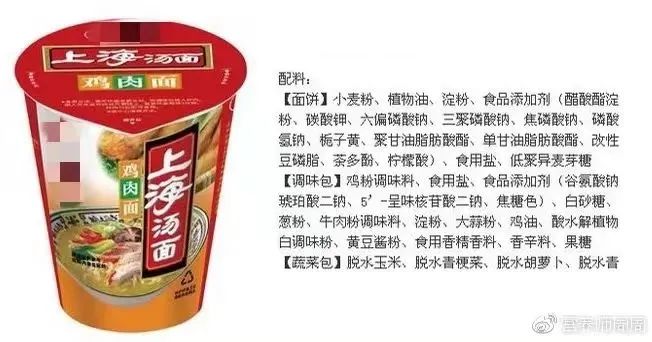
Slide up and down
↓ View food additives for various purposes ↓
● Color matching-colorant, color fixative and bleach.
● Flavoring-edible essence
● Seasoning-salt, flavor enhancer, sweetener, sour agent, salty agent and umami agent.
● Anticorrosion-preservatives and antioxidants
● Preservation-antioxidant
● Processing technology needs-thickener, emulsifier, etc.
● Nutritional fortification-nutritional fortifier
To sum up, the conclusion can be drawn from the ingredient list is that materials are the best for food, and the shorter the ingredient list, the better.
Understand the nutrient composition table
There are usually three main contents in the nutrient composition table. From left to right, the names of the nutrients, the contents of the nutrients and the nutrient reference values (NRV%) are listed.
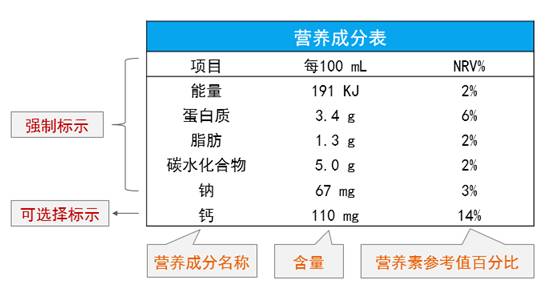
The contents that must be marked in the nutrient composition table are:
01
Nutrients that need to be listed:
China adopts the "1+4" model, that is, energy+four core nutrients (protein, fat, carbohydrate and sodium). Except for some exempted foods, all nutritional ingredients must have these five ingredients on the list.
In addition, when there are raw materials (hydrogenated and/or partially hydrogenated vegetable oil, non-dairy creamer, etc.) that may contain trans fatty acids in the ingredient list, it must be marked.
Merchants can also selectively add some nutrients. For example, dairy products usually add "calcium" and coarse grain products often add "cellulose".

Examples of nutritional components of basic models in GB 28050-2011
02
Specific values corresponding to five items:
Generally speaking, how much is contained in "every 100g", drinks are used in "every 100ml", and many snacks with high energy will be used in "each serving" or "each package".
03
Nutrient reference values percentage (NRV%):
The country has a recommended daily intake value for ordinary adults for each nutrient, and the latter percentage value represents how much share you used today when you ate 100g/ml of this food.
After learning the above "basic knowledge"
It helps to know yourself.
How many calories have you eaten?
How do you know what you eat?
How much heat is there?
According to the national standard, the content in the table of nutrients is per 100ml, or per 100g, or in a serving of food.
net content
If it is 100g or 100ml, it needs to be combined with the "net content".
For example, the net content of a bottle of beverage is 500ml, and the energy value in the nutrition table is 190 kilojoules per 100ml, so the energy of the whole bottle of beverage is 190×5=950 kilojoules.
a part; a portion; a share
According to the "one copy", the specific amount of "one copy" will be written.
For example, if a packet of instant coffee powder is 15g, its nutrient content table may be "one serving (15g)", so you can look at it directly without counting.
convert
In addition, the energy unit of food labels is kilojoules (KJ), which is an internationally used unit for labeling calories, but the calories we normally say are kilocalories (Kcal), which are also called calories and calories. The conversion relationship between them is as follows:
1kcal=4.184kJ
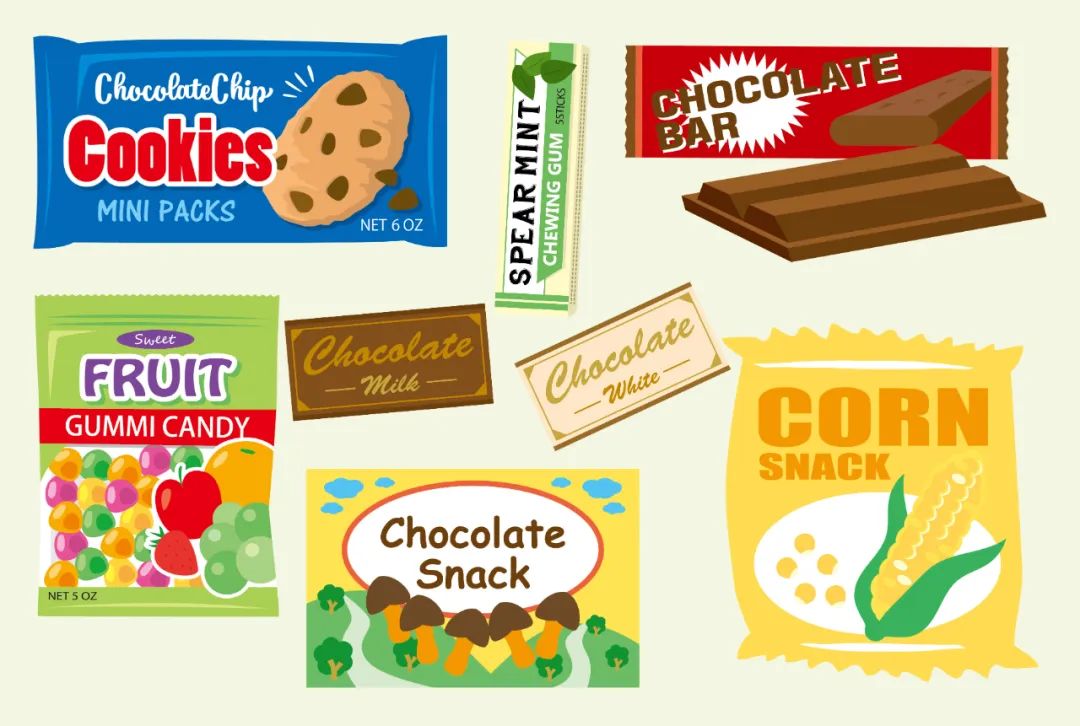
Calculate daily requirements according to NRV
As we said earlier, NRV% is the content that must be marked in the nutrient composition table. NRV is short for Nutrition Reference Values, which is translated into Chinese as Nutrient Reference Values.
Nutrient reference values refers to the amount of certain nutrients that ordinary people should eat every day under normal circumstances.
The NRV value of each nutrient is given in the national standard General Rules for Nutrition Labeling in prepackaged foods (GB 28050-2011):
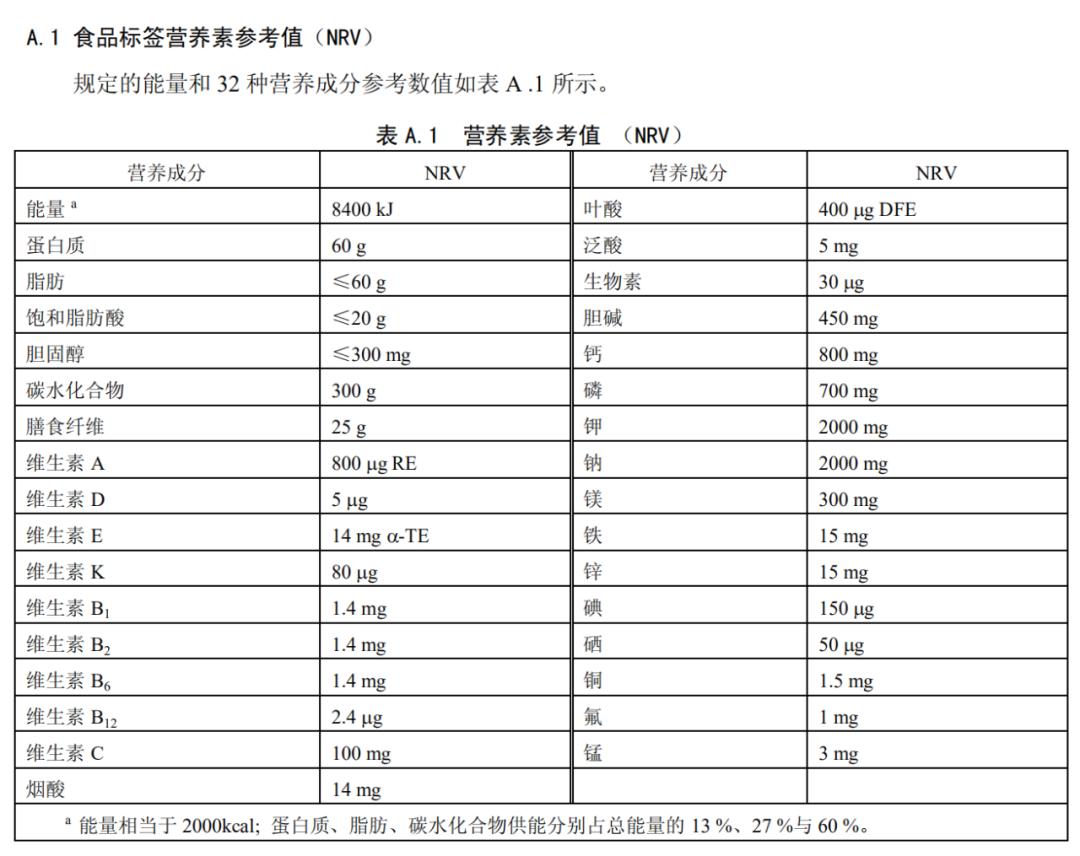
Understand what NRV is, add a percent sign and write it as "NRV%" or "nutrient reference values%", which means that the actual content of a nutrient in this food accounts for the proportion of its NRV.
It is difficult for ordinary consumers to see the level of a certain nutrient in food from the digital surface. For example, the fat content in a nut nutrient composition table below is 53.2g/100g, and consumers can’t know whether the "53.2 g" here is high or low, but it is easy to understand if it is expressed by NRV%. Eating 100 grams of this food can probably meet 89% of the fat I need in a day, and other foods with more fat should be eaten less!
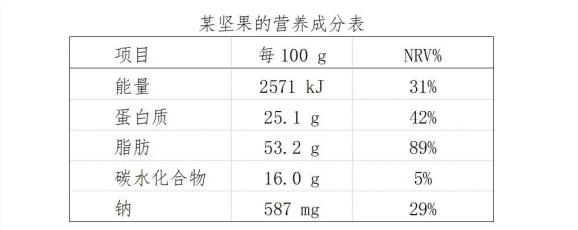
NRV%= content ÷NRV×100%

The above picture shows the nutritional composition table of a dairy product. We can see that every 100ml of dairy product contains 110mg of calcium, and nutritionists suggest that adults consume 800mg of calcium every day, and 110÷800×100%=13.75% (about 14% in the composition table), which is the meaning of our NRV%.
If the whole box of milk has 250 ml, when you finish it, you have completed 34.4% of today’s calcium intake task.
Friends who have special needs for food, such as gaining muscle, losing weight and controlling salt, need to pay special attention to NRV%. Through these values, calculate your daily intake.

How’s it going?
Want to achieve "can cook and choose, can read the label"
Isn’t it that difficult?
Congratulations!
Understand ingredient list, nutrient composition list, NRV%
Next time I go shopping in the supermarket
You can compare and choose ~
Recommended video today
Body shaping clothes = slimming clothes?
Can you really slim your waist and burn fat?
Many women are keen on wearing corsets.
Can a corset really slim the waist and burn fat?
Actually, it can’t!
After taking off the corset,
Not only will the figure not look good.
It will become loose!
Poke the video together to see the details ~
Popular reading
(Click on the picture to read)
Original title: "I heard that you buy food without looking at the nutrient list? It is necessary to popularize science! 》
Read the original text